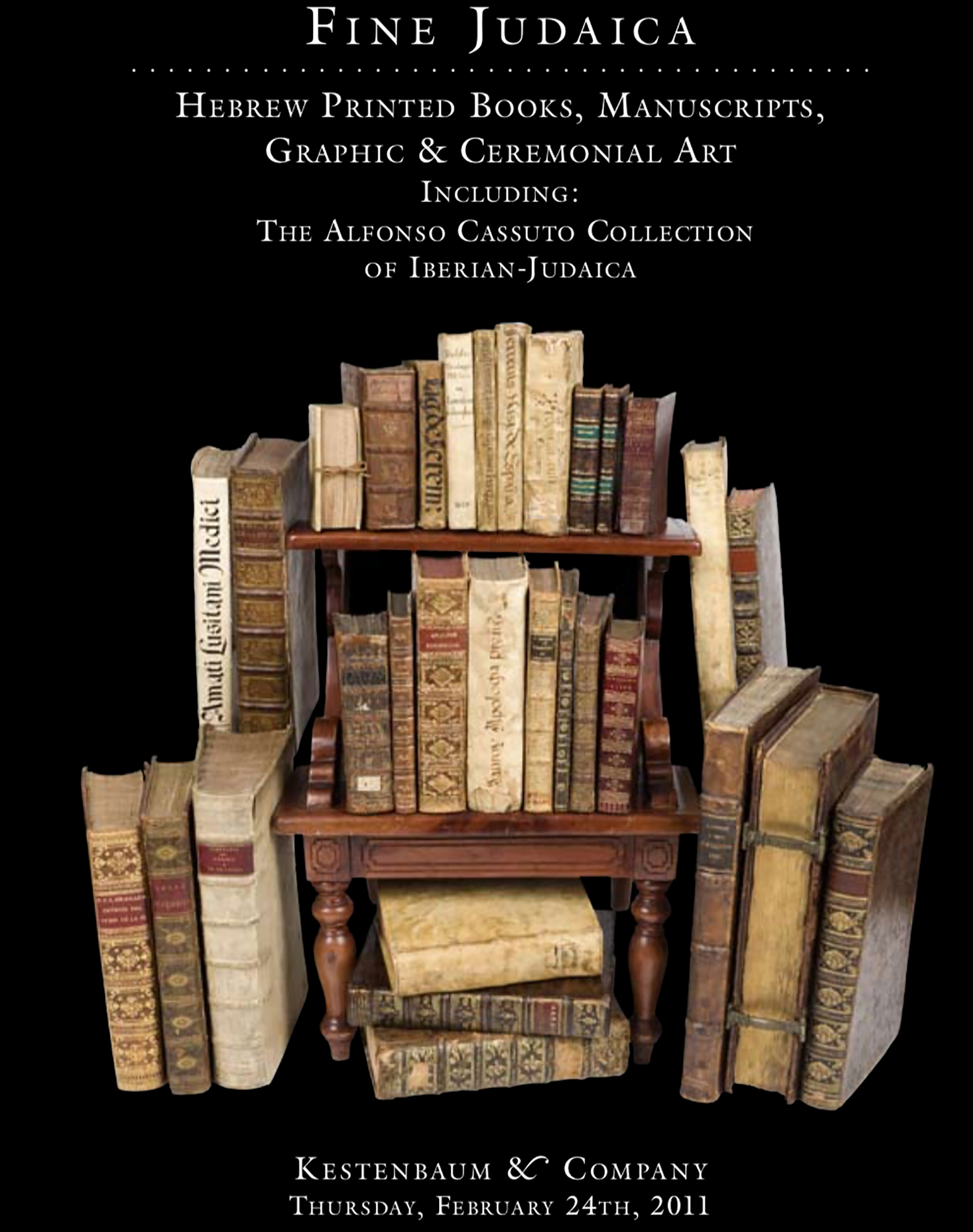Schwarz, Joseph. A Descriptive Geography and Brief Historical Sketch of Palestine. Translated by Isaac Leeser. Illustrated With Maps and Numerous Engravings

AUCTION 50 |
Thursday, February 24th,
2011 at 1:00
Fine Judaica: Hebrew Printed Books, Manuscripts, Graphic & Ceremonial Art Including: The Alfonso Cassuto Collection of Iberian Art
Lot 13
(AMERICAN JUDAICA).
Schwarz, Joseph. A Descriptive Geography and Brief Historical Sketch of Palestine. Translated by Isaac Leeser. Illustrated With Maps and Numerous Engravings
Philadelphia: C. Sherman 1850
Est: $4,000 - $6,000
PRICE REALIZED $3,500
The nineteenth century witnessed sharply increased interest in the Holy Land due to new directions in Bible studies and the rising popularity of tourists visiting the Land itself. This renewed attention was reflected in a growing body of literature of geographies and travelogues. One such Hebrew work was Joseph Schwarz’s Tevu’oth Ha'Aretz, issued in Jerusalem in 1845. Four years later, Schwarz visited the United States as a rabbinical emissary from the Holy Land and resided with his brother Abraham, who was already established in New York. While in America, Joseph Schwarz arranged for Isaac Leeser to translate and publish Tevu’oth Ha'Aretz and so it appeared the following year. The book was “probably the most important Jewish work published in America up to that time.” (JE, Vol. XI, p. 119). Leeser was cognizant of the pioneering status of the work and he proudly stated: “The execution of the whole [book]…is the work of Jewish writers and artists, the drawings being executed by Mr. S. Shuster, a lithographer belonging to our Nation.” (Translator's Preface, p. viii). Leeser published the volume to “extend the knowledge of Palestine…and also to enkindle sympathy and kind acts for those of our brothers, who still cling to the soil of our ancestors” (Translator's Preface, pp. viii-ix). See L.J. Sussman, Isaac Leeser and the Making of American Judaism (1995) p. 176.
